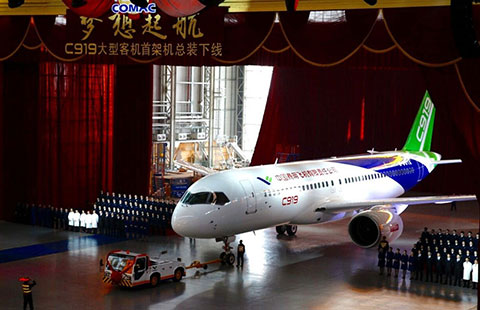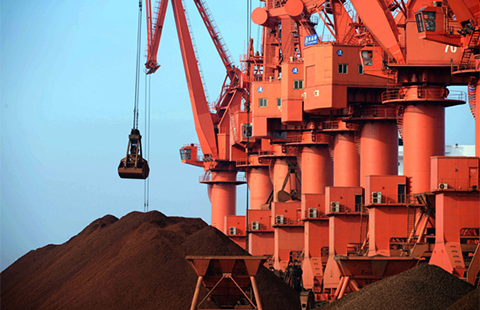China's 13th Five-Year Plan creates new economic opportunities: experts
(Xinhua) Updated: 2015-11-05 06:49BEIJING -- China's 13th Five-Year Plan, the proposal for the country's development over the next five years, will bring new opportunities for domestic economic growth, overseas experts have said.
The Communist Party of China (CPC) on Tuesday issued proposals for China's development from 2016 to 2020, setting a target of "maintaining medium-high growth."
President Xi Jinping explained that an annual growth of 6.5 percent would be required for China to "build a moderately prosperous society" by 2020.
"This ushers in an era of a managed market economy, where the modern Chinese economy is prepared and completely ready for the approach to the second centenary target of 2049," said Stephen Perry, chairman of the 48 Group Club committed to promoting China-Britain links, in a recent article.
China aims to double its 2010 GDP and the 2010 per capita income of both urban and rural residents by 2020, according to Xi's statement.
"The growth pattern is truly changing from an investment, export-led economy to a domestic consumption, services-driven one, leading to slower albeit healthier growth," said Livio Ribeiro, an economist at the Getulio Vargas Foundation in Brazil, in an interview with Xinhua.
The consumption shift "comes along with deeper urbanization" and increasing demand for "soft commodities and cleaner energy sources," Ribeiro said.
"China will most likely buy much more food and services by the end of this decade. Understanding that is vital to play along with the growth transition and to reap all the opportunities it will create," he said.
The proposal sets guidelines and targets for future development, highlighting innovation, coordination, green development, opening-up and sharing.
The government plans a better allocation of resources including labor, capital, land, technology and management.
- Major farm reform on near horizon
- Reading Wisdom to offer new books for 300,000 poor pupils across China
- China to start 20 new major water conservation projects in 2016
- Caterpillar arm boosts micro-loan program
- Baidu's Li supports efforts to find cure for esophageal cancer
- SOE changes aim to improve efficiency
- China continues to loosen price controls
- ADB offers 100m loan to support China's emission reduction projects















